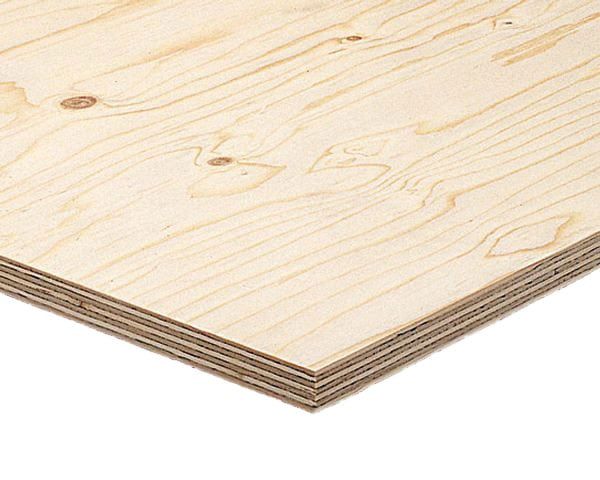Sheet materials are amazingly flexible and are utilized in practically all types of development. They are additionally much fluctuated, with each having various properties that suit them for explicit purposes.
Plywood
Maybe the most popular sheet material got from wood, bar maybe paper, plywood makes them remarkable characteristics that legitimize its 200 years of fame. Designed lumber, is produced using a meager layer of wood facade, otherwise called “handles” that are lain on top of each other. Each layer is turned by up to 90 degrees, this keeps the grains crossed to guarantee strength. Timber merchant use plywood materials frequently in construction.
This strength likewise downplays distorting and diminishes the opportunity of parting when nailed, attached, or screwed; making compressed wood an amazingly flexible development material. The primary burden of compressed wood likewise turns out to be one of its qualities. The layers that give inflexibility have the additional disadvantage of permitting water in that bargains the material. Throughout the long term, pressed wood has been created to more readily suit certain assignments.
Another structure is veneered compressed wood, as its name recommends, this has been given a beautifying facade layer to make it all the more outwardly engaging. Like an inverse of veneered pressed wood, there is covering compressed wood. This is designed to be practical however not pretty, it is denser and utilized for rock-solid development purposes. Before installing this material always consult with timber merchants.
Blockboard
Plywood is excessively substantial for what you need, at that point blockboard might be the ideal substitution. Rather than having layers of the facade, blockboard comprises of a center produced using softwood strips, or squares, these strips are situated edge to edge and are sandwiched between two facades of hardwood.
This is then completely stuck together under tension. The weight and general characteristics of the blockboard are reliant on the center, however, it is typically a light softwood. It is best utilized inside and has very decent protection from distorting, which means it is useful for entryways, furniture, and racks. One of the disadvantages to blockboard is that it isn’t as solid as other sheet materials like compressed wood, this is because of the middle being produced using one layer of softwood blocks.
It is likewise feasible for the squares to isolate when nails or screws are crashed into the material at focuses where the squares meet. This can prompt interior voids and debilitates the material by and large. However, on the off chance that nails are embedded at the right focuses, it holds them incredibly well.
Chipboard
Chipboard, otherwise called molecule board, or low thickness fiberboard (LDF) is another board with different favorable circumstances notwithstanding its ease. The chipboard has an exceptionally smooth surface on the sides because it is produced using packed filaments and sap. The edges are for the most part unpleasant and require a facade for an engaging completion. An astonishing property of the chipboard is how it responds to sound, as it gives thermo-acoustic protection, it is a supported decision for within speakers. As often as possible utilized in gathering furniture and kitchen worktops for its expense adequacy, chipboard is additionally more harmless to the ecosystem than strong wood as the fiber utilized in its production is typically reused. The issue with the chipboard is that it isn’t thick, so even though it is light, it is vulnerable to transportation harm and isn’t ideal for load-bearing purposes. It is additionally not generally excellent with dampness which effectively motivations harm.
MDF
Similar to chipboard, medium-thickness fiberboard (MDF) is a minimal effort sheet material that is incredible at numerous things, yet doesn’t do well in water whenever you purchase by any online builders merchants. Produced using separated wood residuals that have been blended in with tar and shaped into a board under tension, MDF is denser than pressed wood and needs holes and voids, in contrast to its nearby cousin, chipboard. It has a smooth surface and its consistency implies it gives perfect lines when cut or steered. The enormous disadvantage here is indeed dampness; without an inflexible seal, it will fall apart in water like a stomach related to a cupper.
Hardboard
Coming after LDF and MDF, we have HDF. High-thickness fiberboard, otherwise called hardboard is similar to MDF, yet is even denser. It is produced using compacted wood mash that has been detonated and given steam and warmth medicines for an exceptionally fine completion that is intense, yet spongy. Hardboard can have either two smooth sides, or one smooth side and one unpleasant fluffy side, contingent upon what it is needed for.
